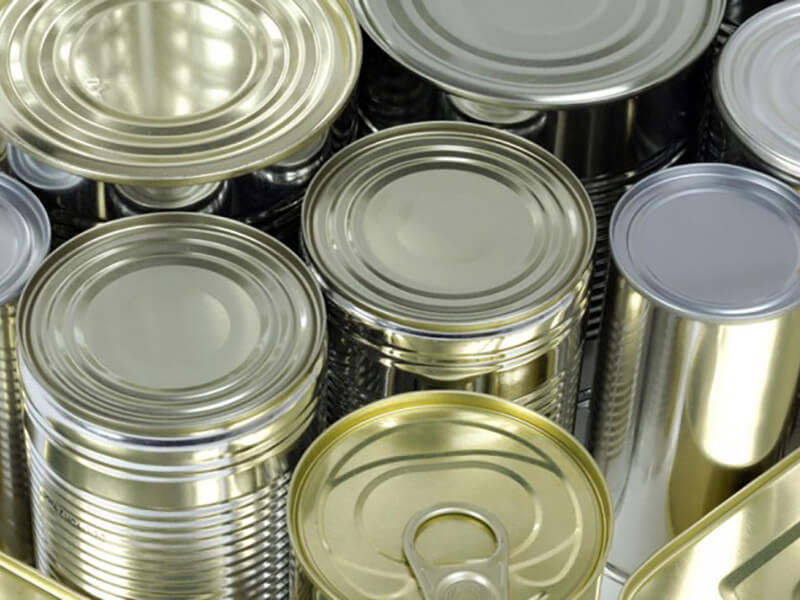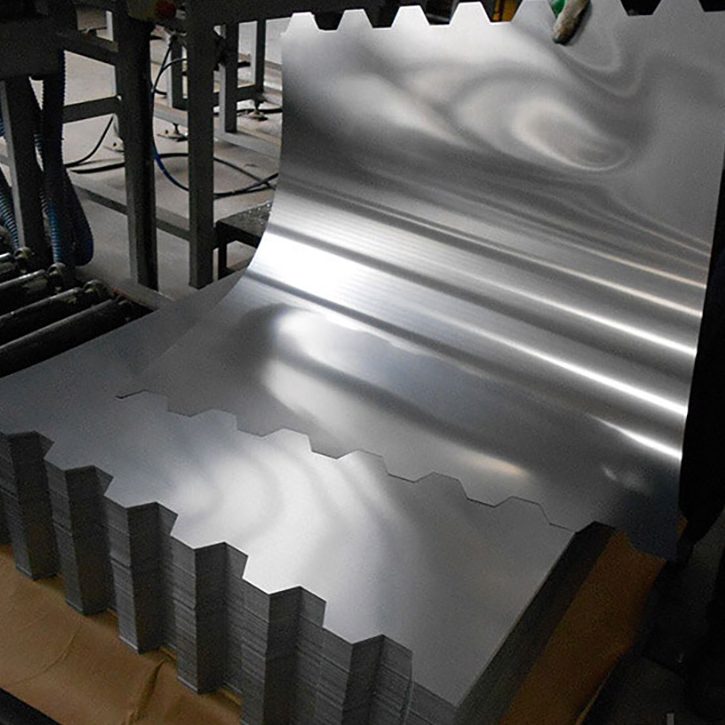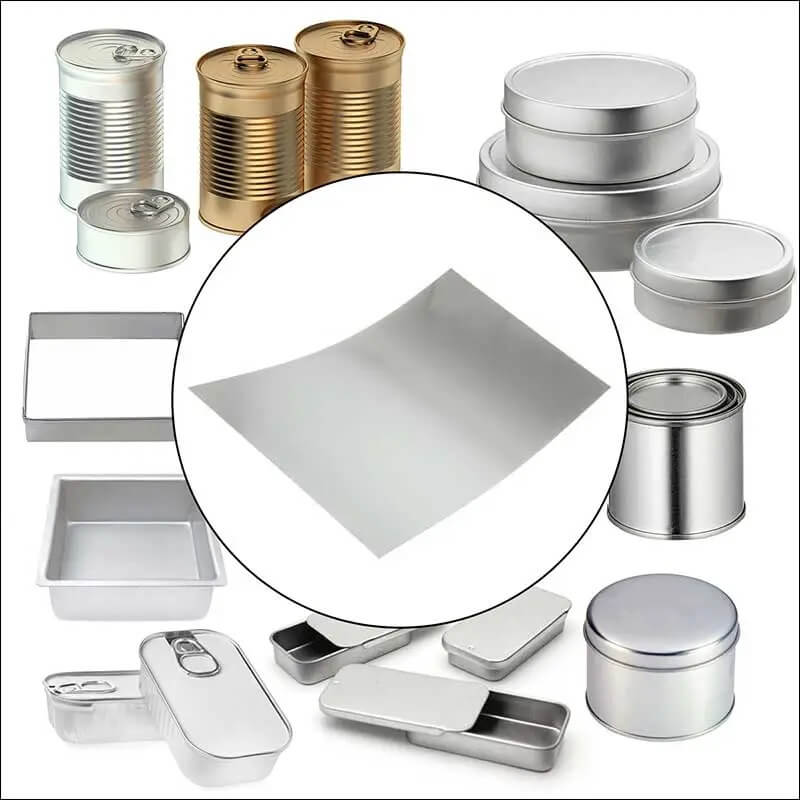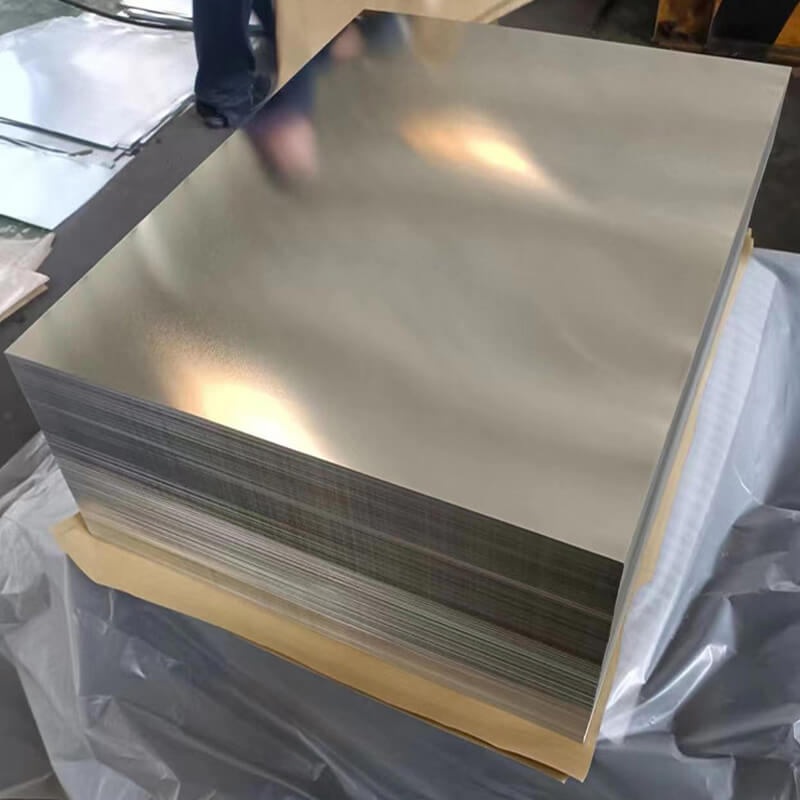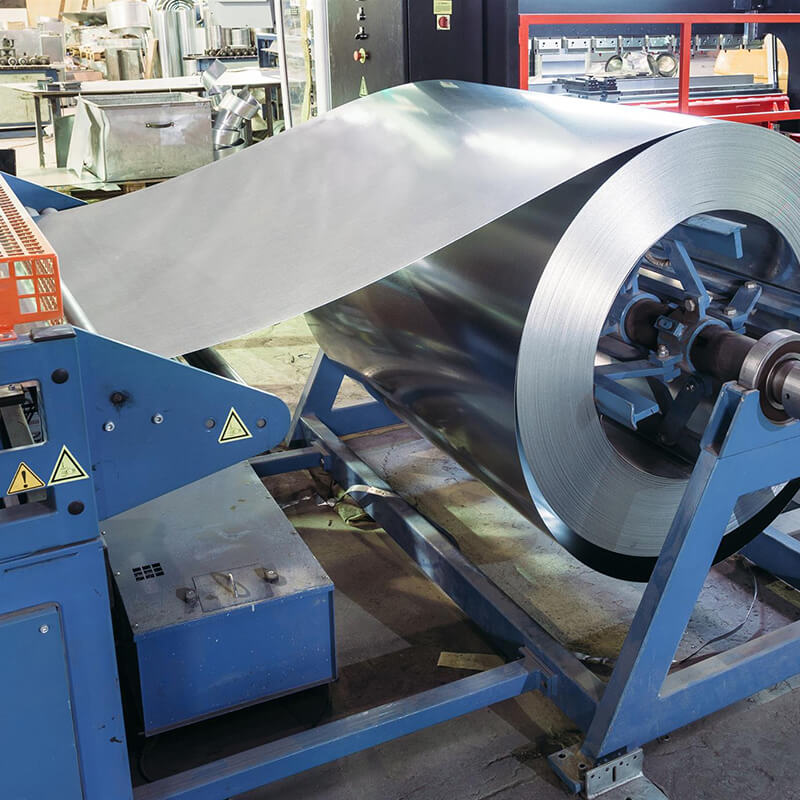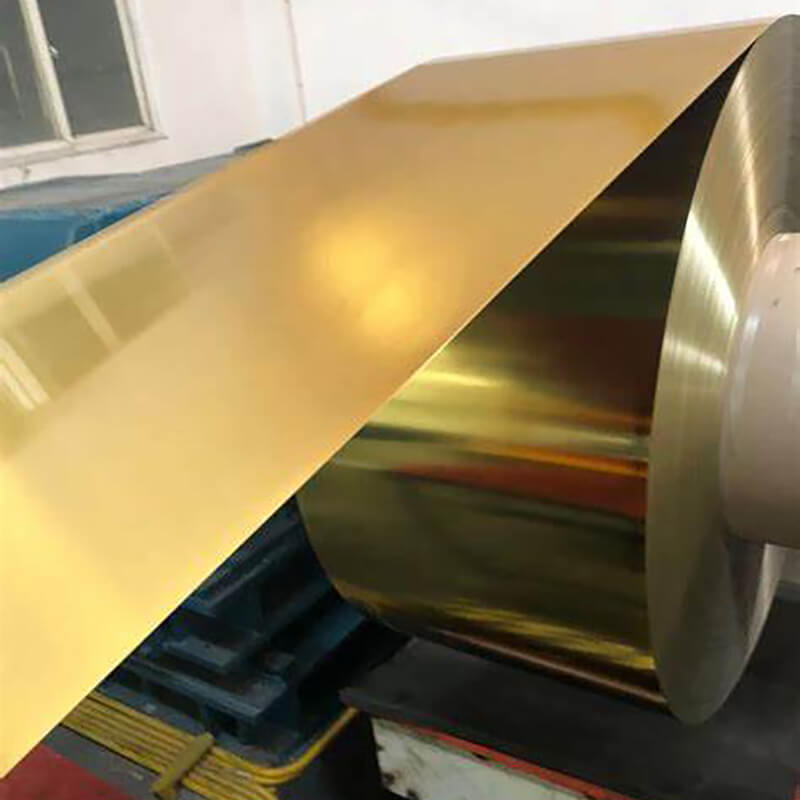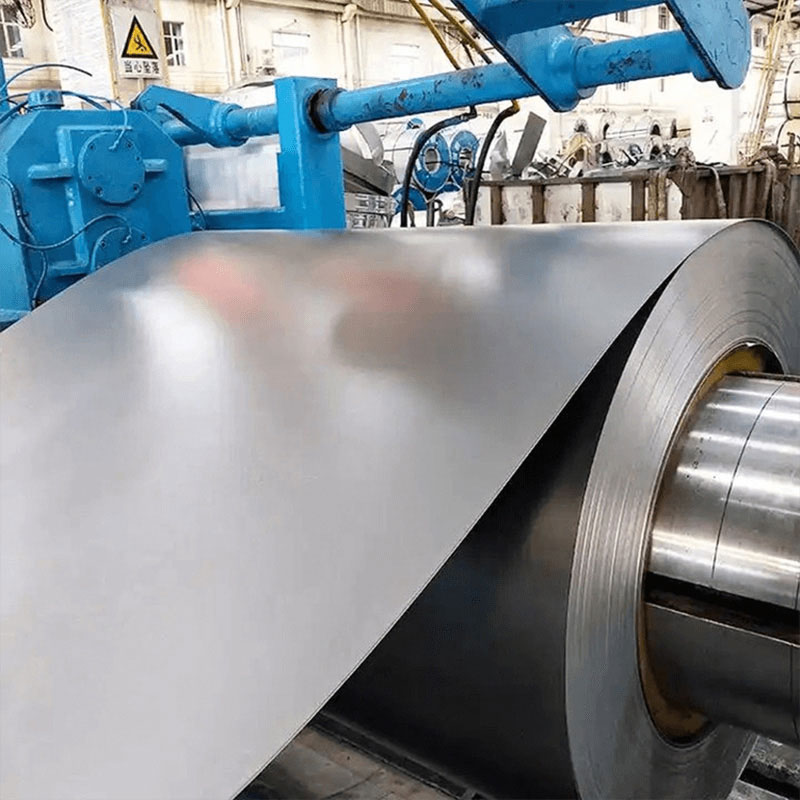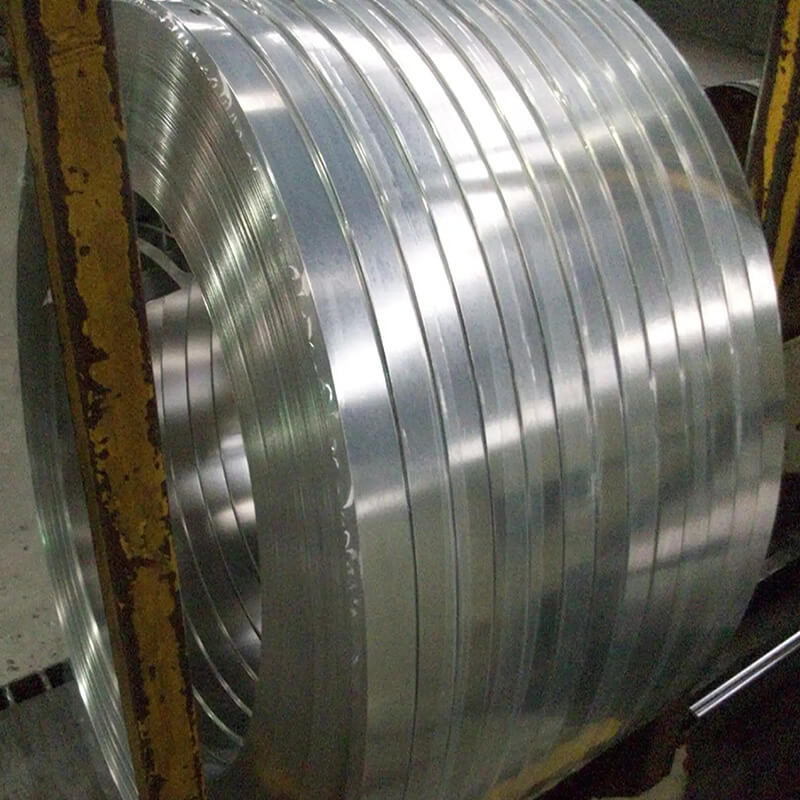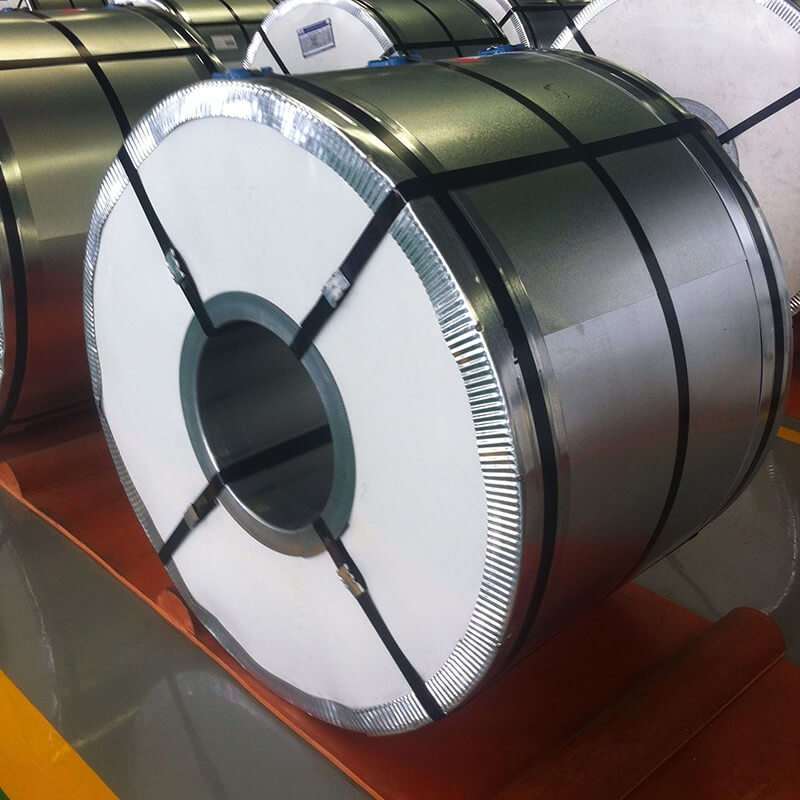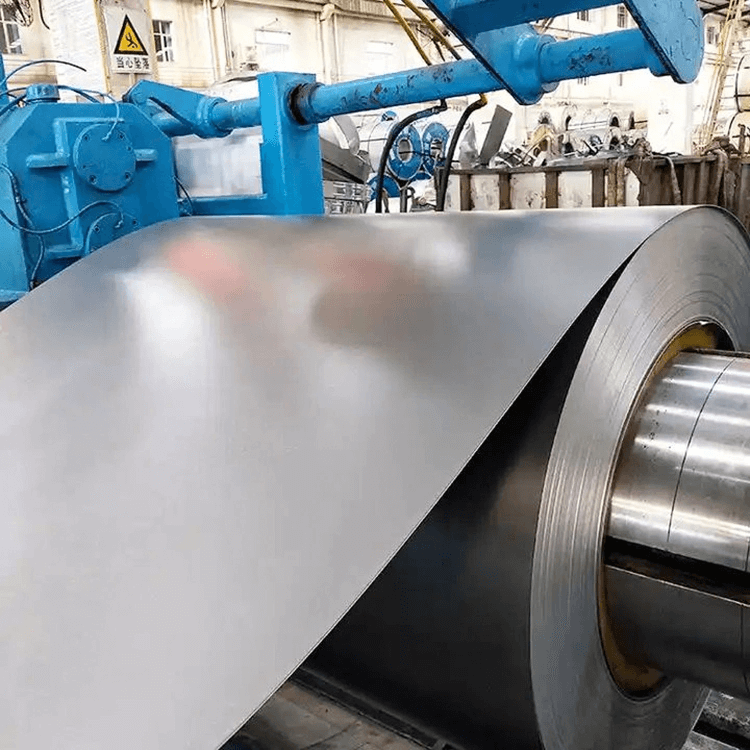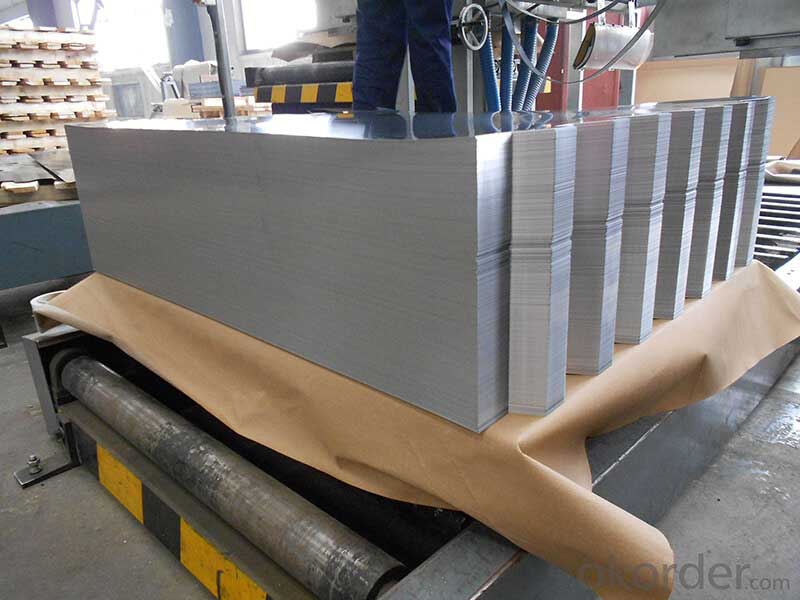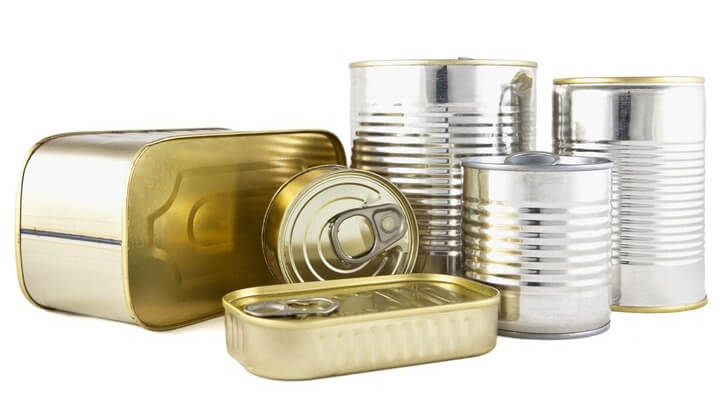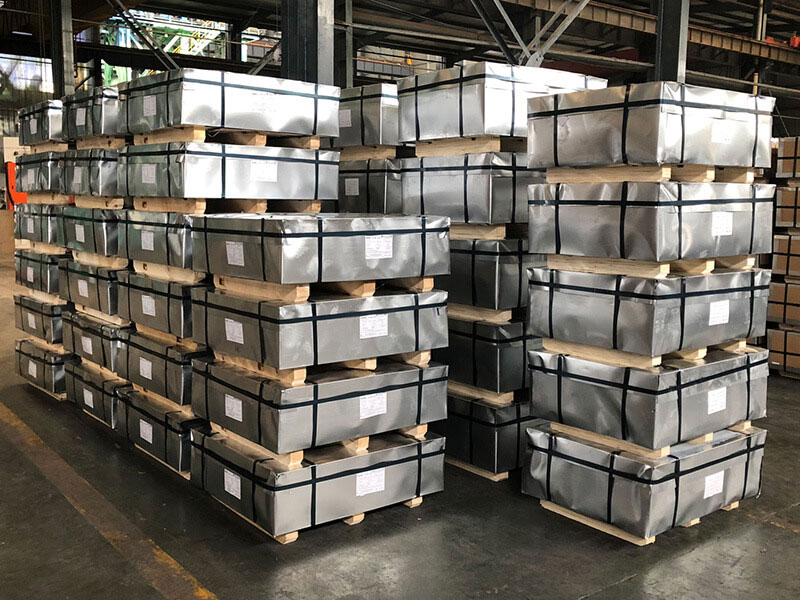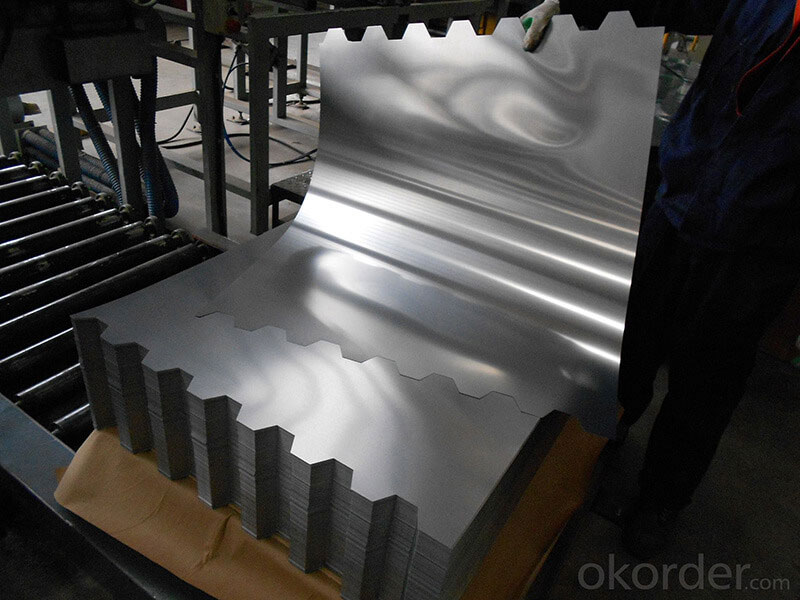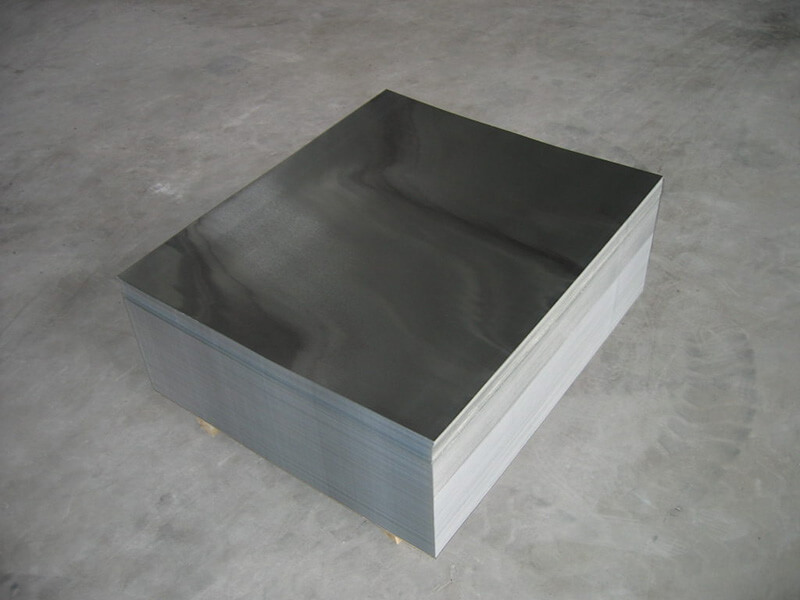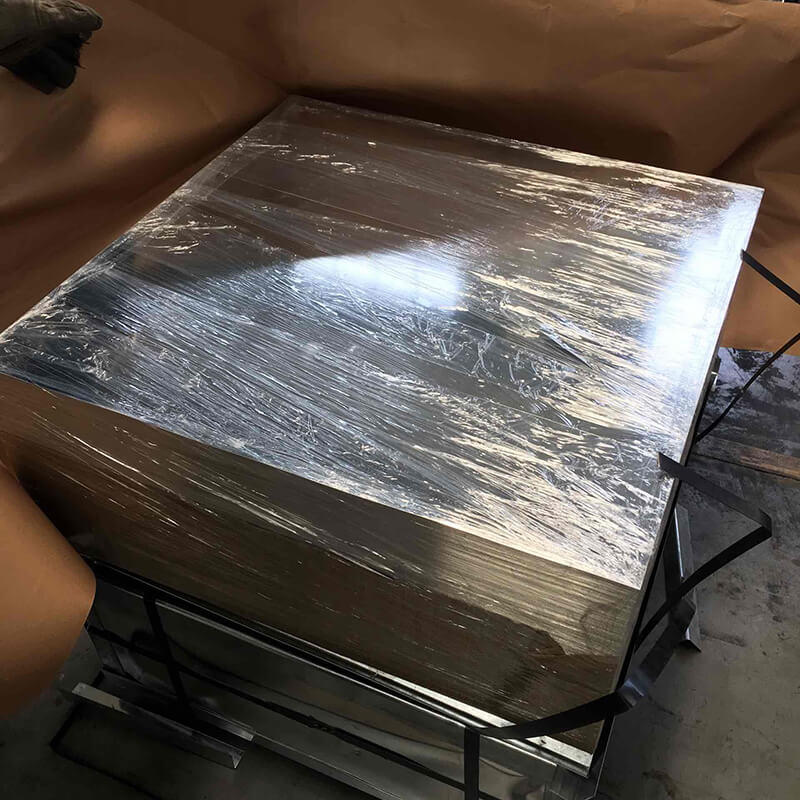What is Two-Piece cans?
The two-piece cans, also known as a 2-piece can is a type of metal container consisting of two parts, it is a popular packaging option used for various food and beverage products: the can lid and an integrated, seamless can body with a bottom. The can body is produced using advanced deep-drawing technology, where the metal sheet is stamped and formed into a predetermined cup-shaped structure. Due to this unique forming process, a two-piece can is also known as a drawn can.
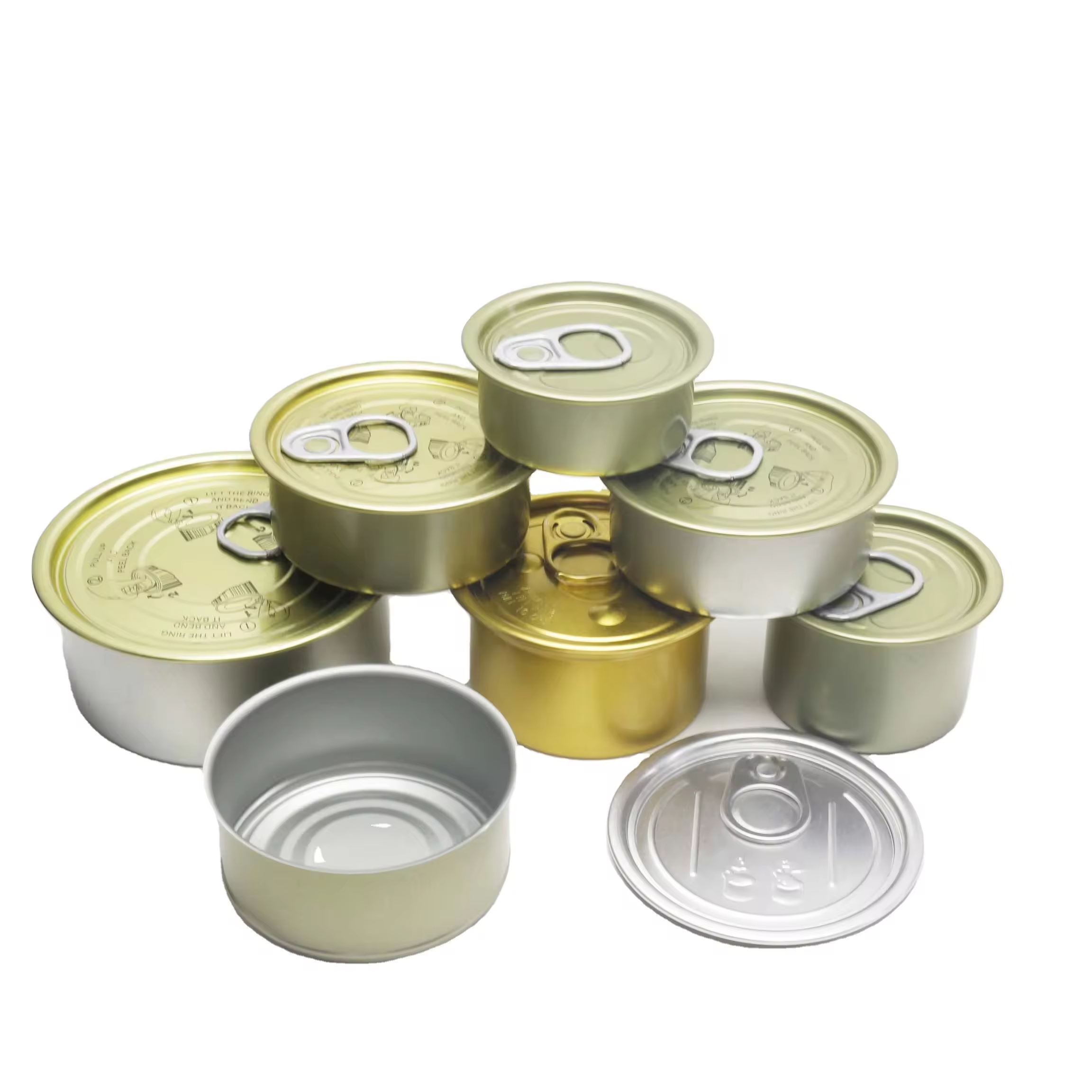
History of Two Pieces can
In the 1940s, the UK applied stamping technology to can production, creating shallow-drawn aluminum alloy cans, which revolutionized the industry. In the 1960s, American companies developed DRD (Draw-Redraw) and D&I (Draw-and-Iron) can-making processes, combined with easy-open lid technology, driving the growth of the aluminum can market. By the 1970s, two-piece can technology had spread worldwide and entered China in the 1980s. Although aluminum cans were lightweight and corrosion-resistant, their high energy consumption and rising costs led the industry to shift towards steel can production. By the 1990s, steel cans gradually became the mainstream choice.
The Feature and the advance of Two Pieces can
The most important feature of two-piece drawn cans is that the sidewall and bottom are formed as a seamless, integral structure. This unique design offers numerous advantages:
- High Hygiene Standards: The interior wall is smooth and uniform, allowing for a complete protective coating after forming. This coating effectively isolates potential metal contaminants, significantly improving the hygiene quality of the contents.
- Enhanced Safety: With a seamless interior wall and protective coating, the risk of leakage is eliminated. Additionally, the absence of seams improves the can’s sealing reliability, ensuring high airtightness and product safety.
- Superior Packaging Appeal: The seamless and smooth outer surface enhances printing effects, allowing designers to create attractive labels and designs. The streamlined and aesthetic appearance offers strong visual appeal.
- Lightweight and Material-Saving: Compared to other metal cans of the same volume, two-piece cans are lighter and require less material.
- Simple Forming Process: Depending on technical requirements, the can may be shaped in a single or multiple drawing steps. The process is fast and well-suited for automated, high-speed production.
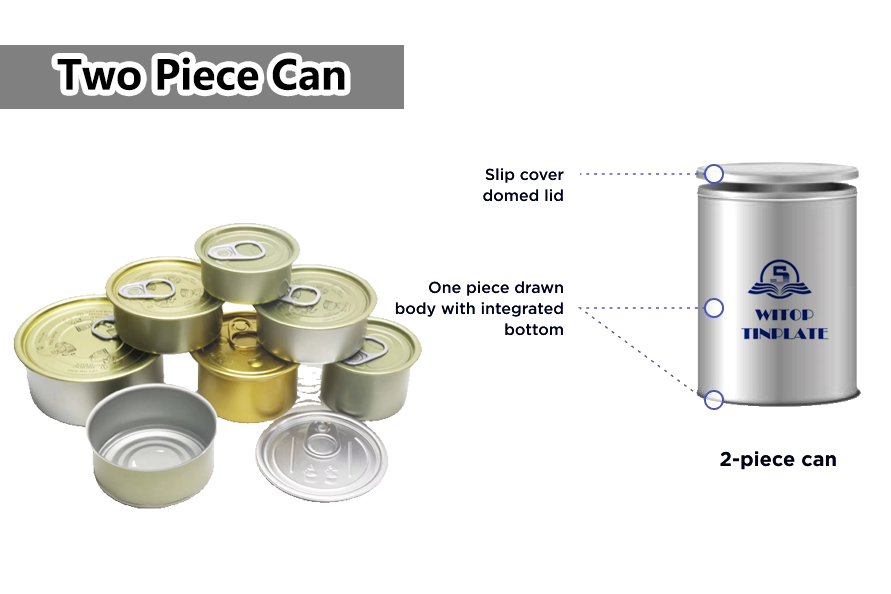
Challenges in Production
While two-piece cans offer several advantages, they also present some challenges. The manufacturing equipment requires significant investment, and the material quality must meet higher standards. Due to mold limitations, the variety of two-piece can designs may be restricted, making it less adaptable for diverse product requirements.
Classification of two pieces can
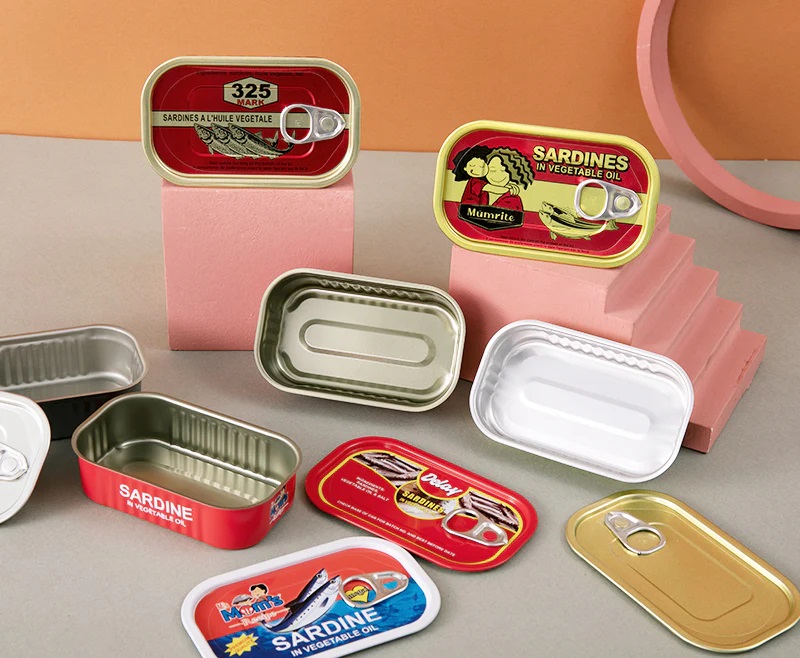
Based on the forming process, two-piece drawn cans are classified into Drawn Cans and Drawn and Ironed (D&I) Cans.
- Drawn Cans: These are produced using conventional drawing processes, maintaining consistent wall thickness throughout the can body and bottom. Drawn cans are commonly used for canned food and are further divided into Shallow Drawn Cans and Deep Drawn Cans.
-
- Shallow Drawn Cans: Also known as shallow-drawn cans, these are formed with a single draw step, with the can height not exceeding half of the can’s diameter. They come in various shapes such as round, oval, heart-shaped, or rectangular, often used for canned fish, ham, or luncheon meat.
- Deep Drawn Cans: With a height greater than the diameter, these are produced through multiple draw steps and are also referred to as DRD Cans in foreign markets.
- Drawn and Ironed (D&I) Cans: Also called DWI Cans in Europe, these cans are formed using a combination of conventional drawing and wall ironing techniques. After one or two draw steps, the can undergoes a wall ironing process that reduces the sidewall thickness to about one-third of the original sheet thickness, while the bottom thickness remains unchanged. D&I cans are lightweight yet maintain the advantages of two-piece cans, making them ideal for carbonated beverages where internal pressure helps reinforce the can’s structure.
How to the Manufacturing Process?
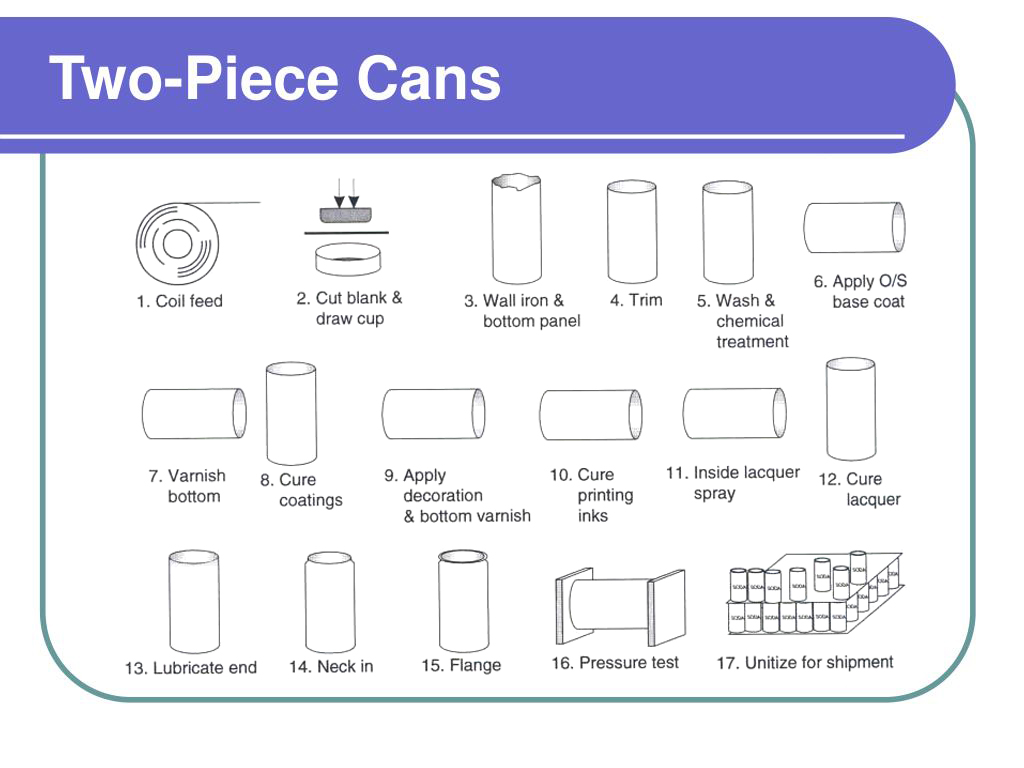
- D&I Cans: Coil shearing → Pre-stretch stamping → Multiple draw thinning steps → Bottom forming → Trimming → Cleaning and lubrication → Drying → White enamel coating → Printing → Interior coating → Drying → Necking and flanging → Leak detection
- Deep Drawn Cans: Shearing → Initial cup drawing → Multiple redraw steps → Flanging → Bottom forming → Trimming → Surface treatment → Leak detection
Structural Features
Two-piece drawn cans are produced using stamping techniques, where a round blank is progressively pressed into shape. The resulting can body features smooth, seamless sidewalls and a unified bottom. This eliminates the need for traditional seaming between the can’s body and bottom, enhancing both structural integrity and aesthetic appeal.
Most two-piece cans are designed with an easy-open structure, ensuring convenient access for consumers.
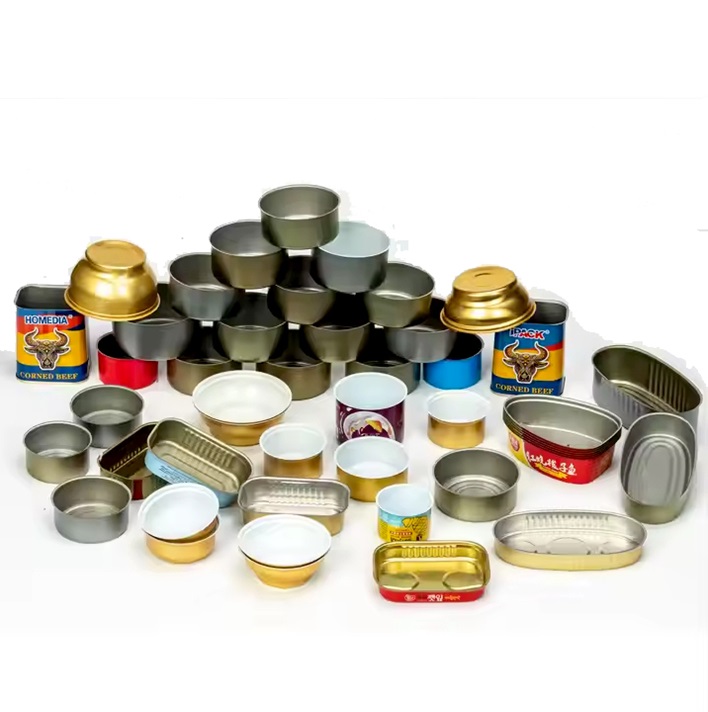
Structural Design of Two-Piece Cans
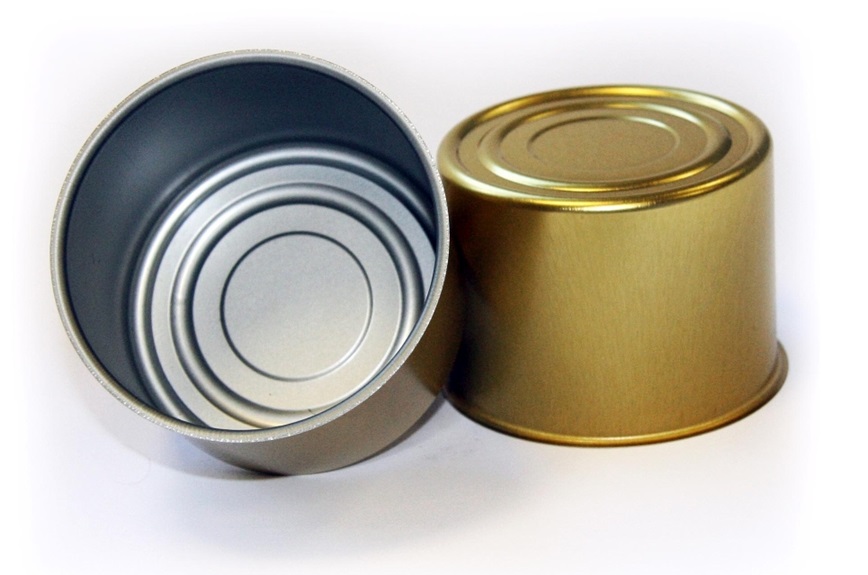
- Structural Elements of Two-Piece Cans
A two-piece can consists of five main parts: the can end (lid), upper rim, can body, lower rim, and can bottom.
- Can Bottom: Primarily serves as the base to support the entire container. The bottom is typically designed with a convex shape for enhanced stability and strength.
- Lower Rim: This section connects the sidewall to the can bottom. It is often designed with a “bottom foot” to ensure structural integrity and provide an appealing appearance.
- Sidewall: The sidewall is smooth and flat, suitable for decorative coatings and printing. The design must ensure sufficient vertical compression strength (also known as column strength), with a minimum strength value of 1330N.
- Upper Rim: This is the sealing area where the can end is attached to the can body. To reduce material costs, two-piece can lids are usually smaller in diameter. Therefore, the upper rim is often necked to reduce the can’s opening size to match the lid. Necking designs include double-necking, triple-necking, and spin-necking.
- Can End (Lid): The lid design can vary based on the product’s requirements. For beverage cans, standard easy-open ends are commonly used.
- Bottom Structure of Two-Piece Cans
Beverage cans are often subject to high internal pressure, requiring the can bottom to have a minimum bend strength of 0.58–0.62 MPa. Early designs used thicker materials to meet this strength requirement. However, as material thickness decreased over time to reduce costs, the can bottom design evolved to include more complex structural features to maintain strength and durability. - Upper Rim Design of Two-Piece Cans
Early two-piece cans adopted simple necking designs. As the diameter of can lids decreased further, the can body opening also required additional narrowing. Since the 1980s, designs such as double-necking, triple-necking, and quadruple-necking have emerged.
The British company Metal Box introduced the spin-necking technique, which offers significant processing advantages. In recent years, spin-necking has become increasingly popular in two-piece can manufacturing.
Final Thoughts
Understanding the differences between Tinplate for Two-Piece Cans, Electrolytic Tinplate (ETP), Chromium-Coated Steel (TFS), Black Plate, and Stainless Steel options can help you make the best choice for your packaging needs. Whether you prioritize cost, durability, or corrosion resistance, there is a tinplate solution that fits your requirements. Always consult with a supplier or expert to ensure you select the right material for your specific application.
High-quality products, advanced production capacity, industry certifications, and our experienced expert team are the keys to the success of Qingdao Witop Steel Group in both domestic and international markets. Trust us to provide the ideal tinplate solutions for your two-piece can manufacturing.
FAQ – Two-Piece Cans
- What is a two-piece can?
A two-piece can is a metal container consisting of two parts: a seamless body (with integrated bottom) and a lid. The body is formed using a deep drawing process, making it stronger, more secure, and leak-proof. - What are the advantages of two-piece cans?
- Seamless Design: Reduces the risk of leaks.
- Improved Hygiene: The inner surface can be coated evenly to prevent contamination.
- Enhanced Printing: Smooth exterior allows for attractive designs and branding.
- Lightweight & Material Efficient: Uses less material compared to traditional three-piece cans.
- What products are commonly packaged in two-piece cans?
Two-piece cans are widely used for:
- Beverages: Carbonated drinks, juices, and beer.
- Canned Foods: Tuna, ham, and luncheon meat.
- Aerosols and Specialty Products: Due to their durability and airtight properties.
- What is the difference between DRD and D&I cans?
- DRD (Drawn and Redrawn): Formed by multiple drawing processes to achieve greater depth. Commonly used for canned foods.
- D&I (Drawn and Ironed): The body is thinned during the forming process, making the walls thinner and lighter. D&I cans are ideal for carbonated beverages.
- Are two-piece cans recyclable?
Yes, two-piece cans made of aluminum or steel are fully recyclable, contributing to sustainable packaging solutions. - What is the typical coating used inside two-piece cans?
An epoxy resin or BPA-free protective coating is applied to prevent corrosion and ensure food safety. - What factors affect the strength of a two-piece can?
- Material Thickness: Thicker materials offer greater strength but increase weight.
- Bottom Design: Domed or curved bottoms enhance pressure resistance.
- Necking Structure: Techniques like double or triple necking improve stability and compatibility with lids.
- How are two-piece cans tested for quality?
They undergo rigorous tests such as:
- Pressure Resistance Tests
- Leak Detection
- Coating Integrity Inspections

